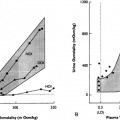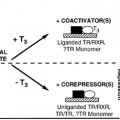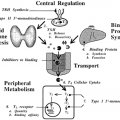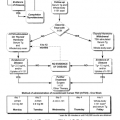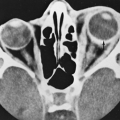GONADAL EFFECTS OF GONADOTROPINS
The only known bioeffects of LH and FSH are in the gonads. LH and FSH stimulate cell growth and maintenance in both the testis and ovary (see Chap. 94 and Chap. 113). As classically defined, LH stimulates steroidogenesis in both sexes, particularly testosterone synthesis, from Leydig cells in the male and from theca cells in the female. FSH stimulates spermatogenesis in the male and follicular development and estradiol secretion in the female. LH also induces ovulation from the mature follicle in the female and exerts a partial stimulatory effect on spermatogenesis in the male, probably mediated through increases in intratesticular levels of testosterone. LH and FSH were named for their initially described roles in females.
Both gonadotropins act through classic protein hormone–receptor mechanisms, involving a G protein–associated seven-transmembrane domain receptor.60,61,62 After ligand binding, adenylate cyclase is activated, leading to increases in intracellular cyclic adenosine monophosphate (cAMP), which is the main second messenger involved in gonadotropin action. The cAMP activates protein kinase, and the resulting protein phosphorylation is thought to be important in the cellular effects of the gonadotropins.
In the testis, LH directly stimulates the synthesis of a steroidogenic acute regulatory (StAR) protein, which plays a key role in the transfer of cholesterol from the outer to the inner mitochondrial membrane. This is the site of the first step in steroid hormone biosynthesis from cholesterol to pregnenolone. Thereafter, the metabolic steps in the steroidogenic pathway leading to testosterone take place in the smooth endoplasmic reticulum. Testosterone exerts stimulatory effects on Sertoli cells and on spermatogenesis39 (see Chap. 113). In men, this effect is probably mediated through the stimulatory effect of LH on intratesticular testosterone levels, because LH has no known direct effect on the seminiferous epithelium.
FSH binds to Sertoli cell and spermatogonial membranes in the testis. FSH is the major stimulator of seminiferous tubule growth during development. Because the tubules account for ˜80% of the volume of the testis, FSH is of major importance in determining testicular size. FSH is important in the initial maturation of spermatogenesis during puberty; however, adult men can maintain sperm production despite very low blood levels of FSH if LH levels are normal.39 The total numbers of sperm produced in the absence of FSH are low. Normalization of FSH levels leads to quantitatively normal sperm production.63 These findings imply that the major physiologic role of FSH in men is to stimulate quantitatively normal levels of spermatogenesis.
Additional descriptions of ovarian and testicular effects of gonadotropins are presented in Chapter 90, Chapter 91, Chapter 94, Chapter 95 and Chapter 113.
Stay updated, free articles. Join our Telegram channel

Full access? Get Clinical Tree


